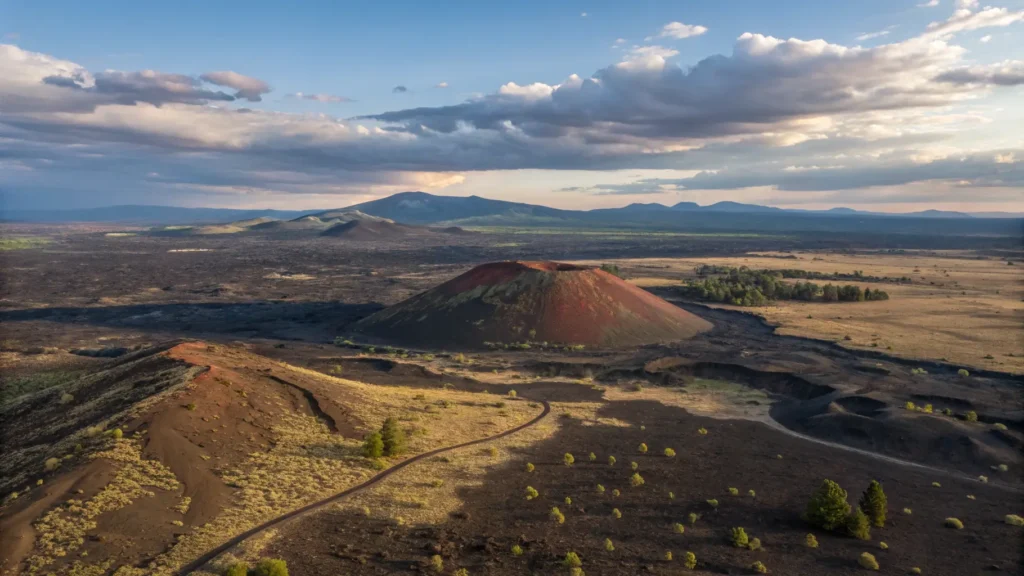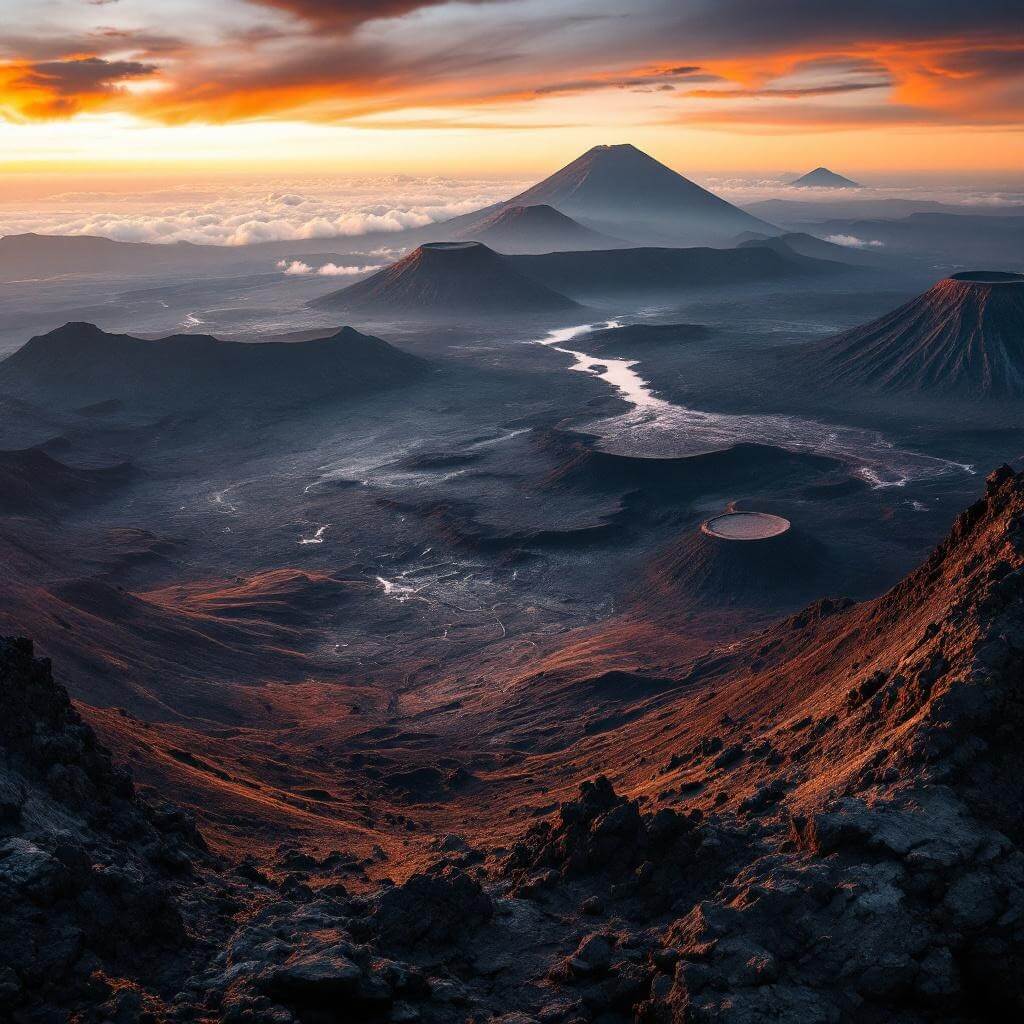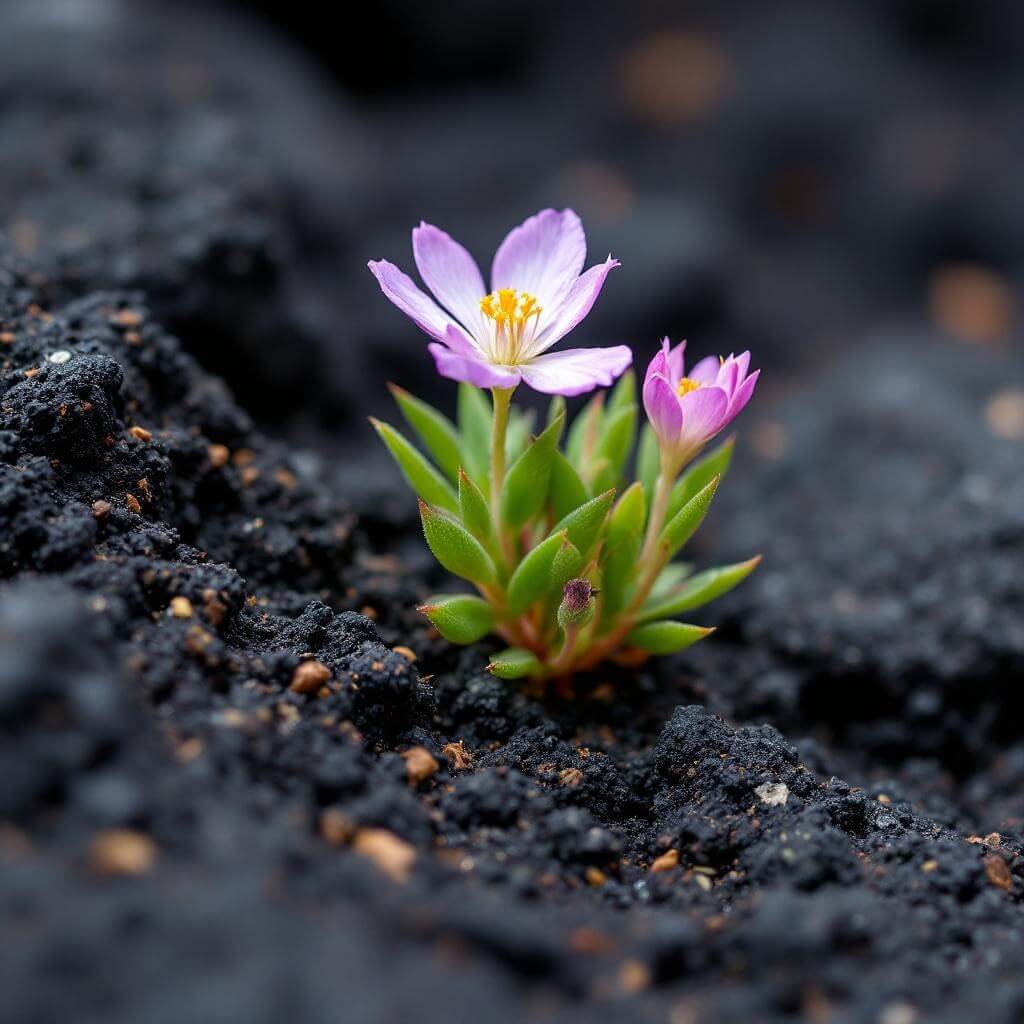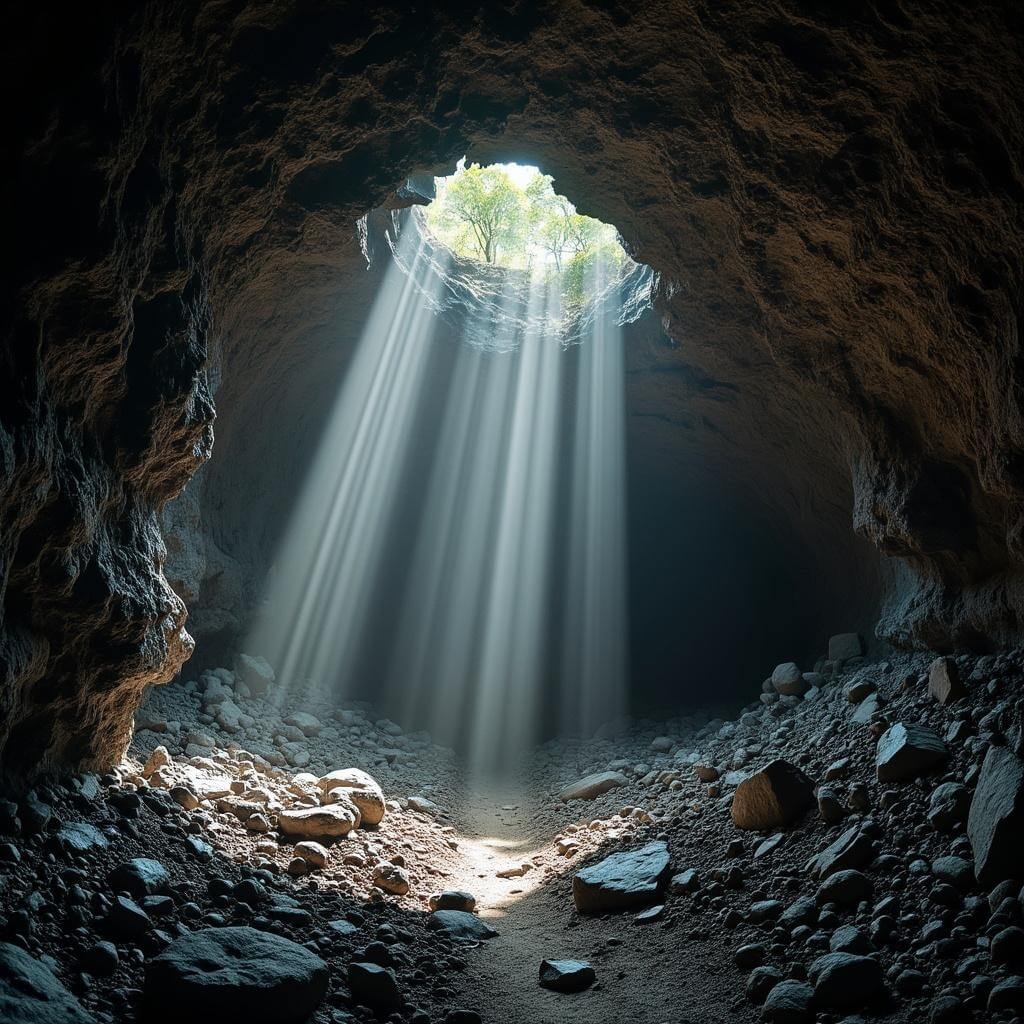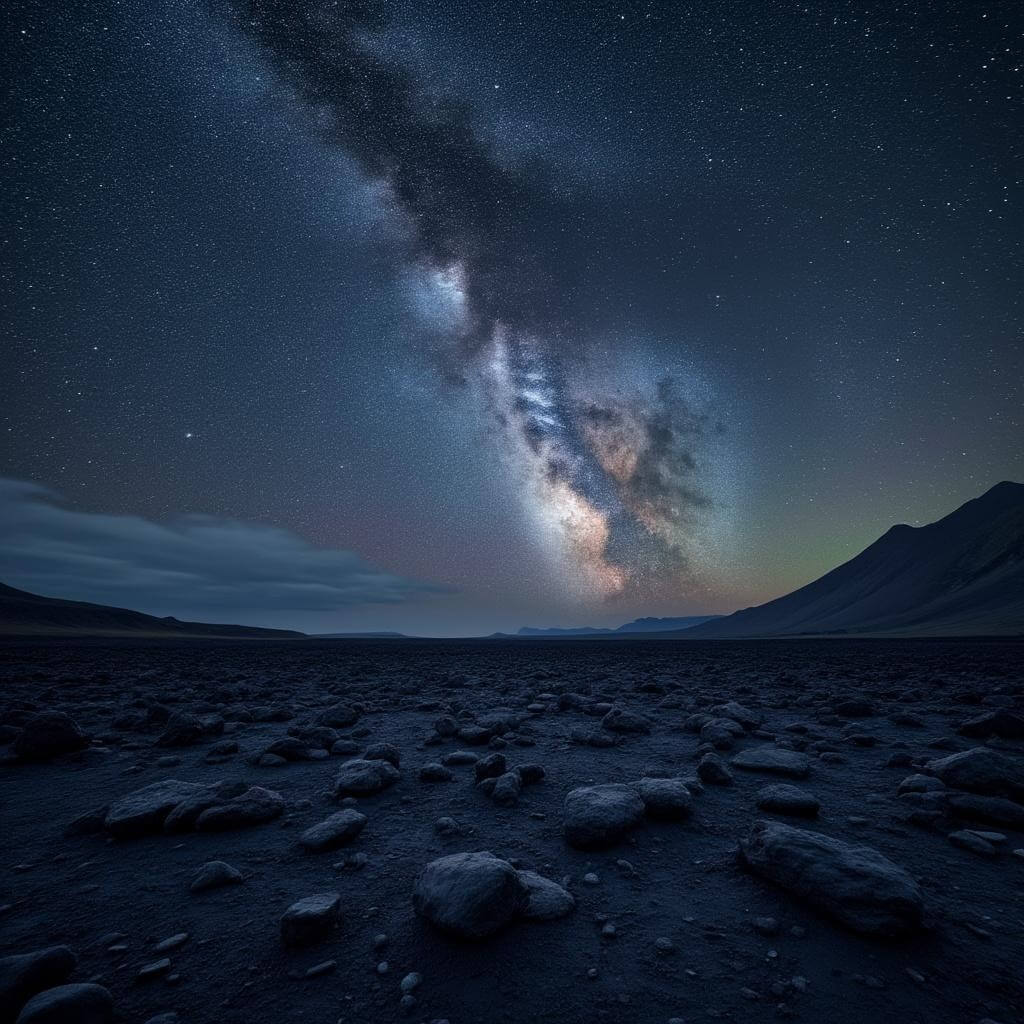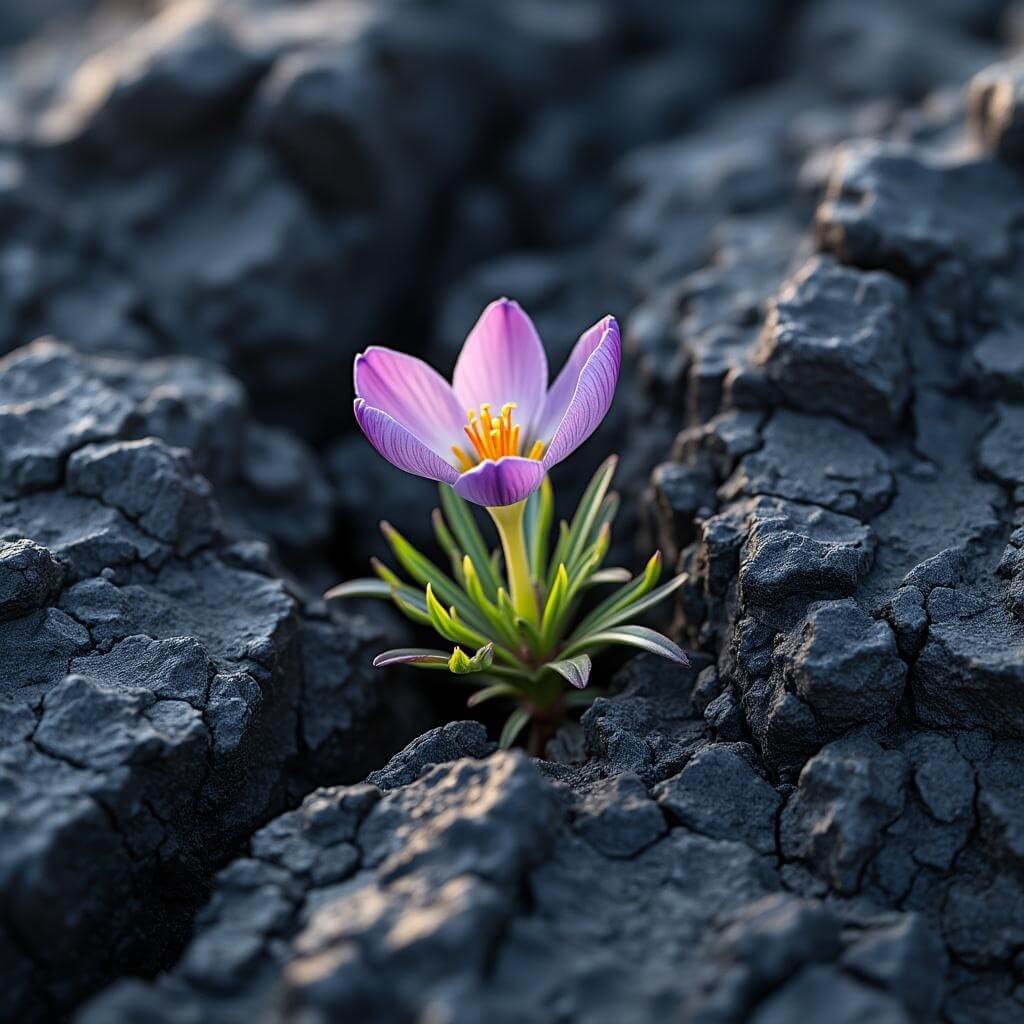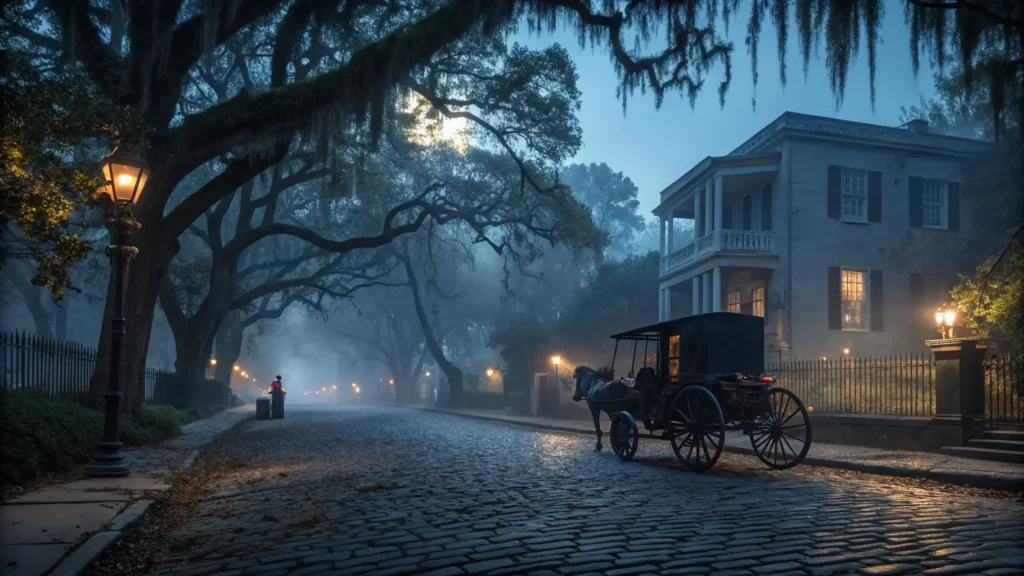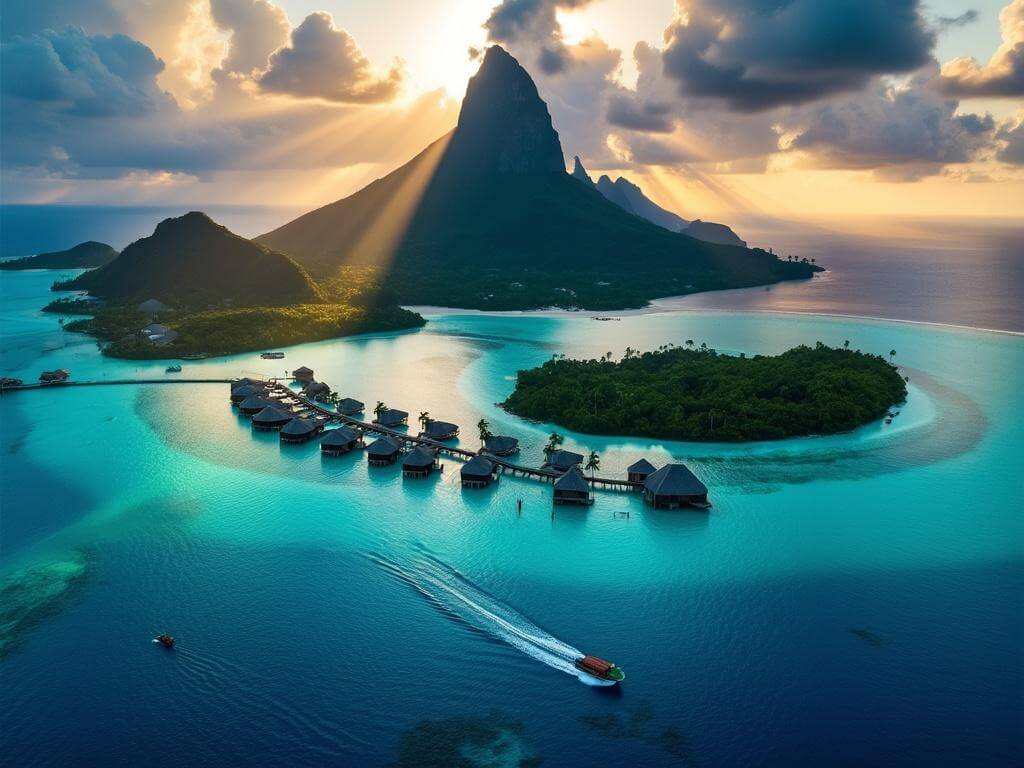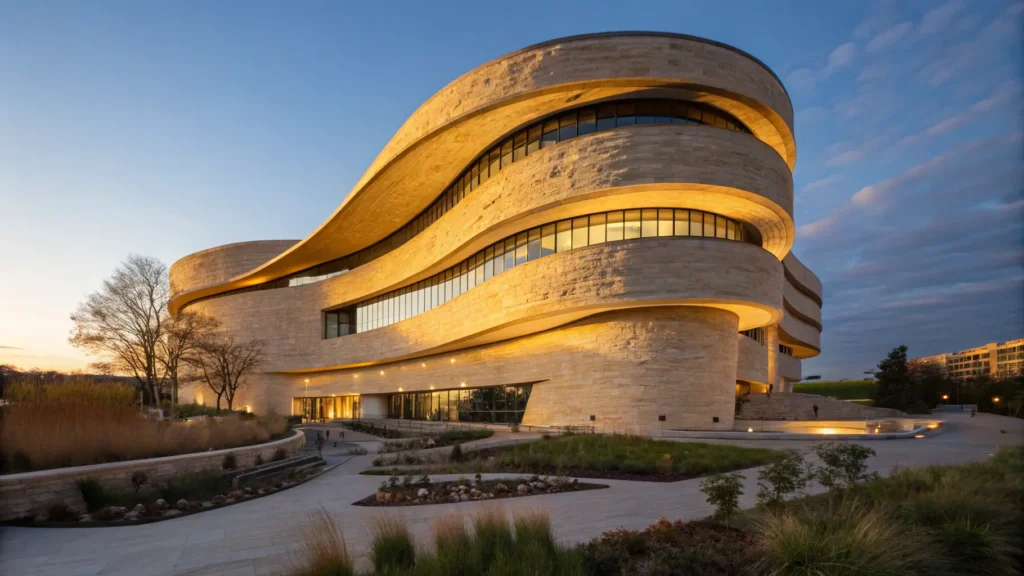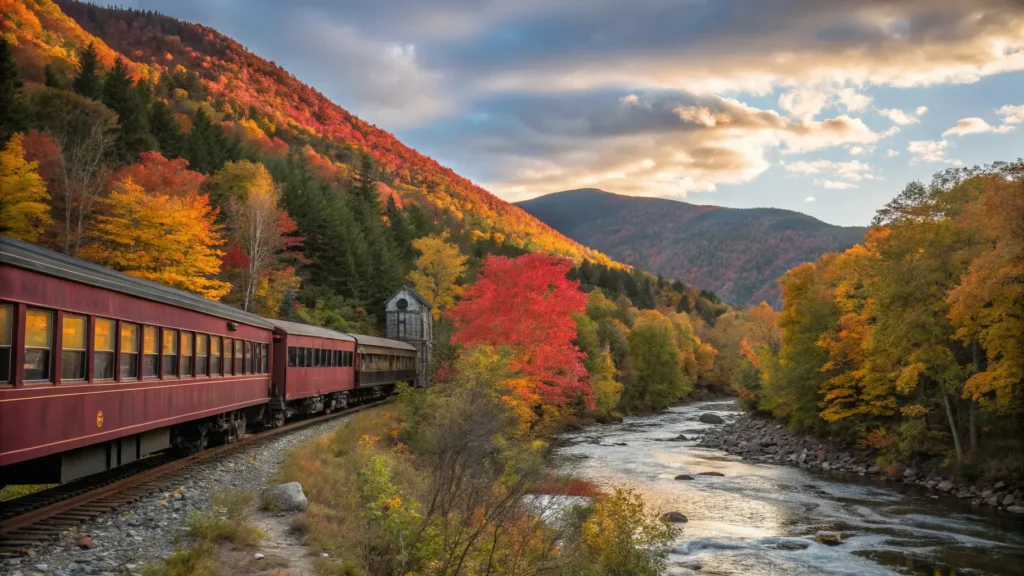Ever wondered what walking on another planet might feel like without leaving Earth? Welcome to Craters of the Moon, a volcanic wonderland that’s closer to a lunar surface than you’d imagine.
Imagine 750,000 acres of pure geological drama, where volcanic forces have sculpted a landscape so bizarre it looks like something straight out of a sci-fi movie. This isn’t just another national park – it’s a living, breathing testament to the raw power of our planet’s inner forces.
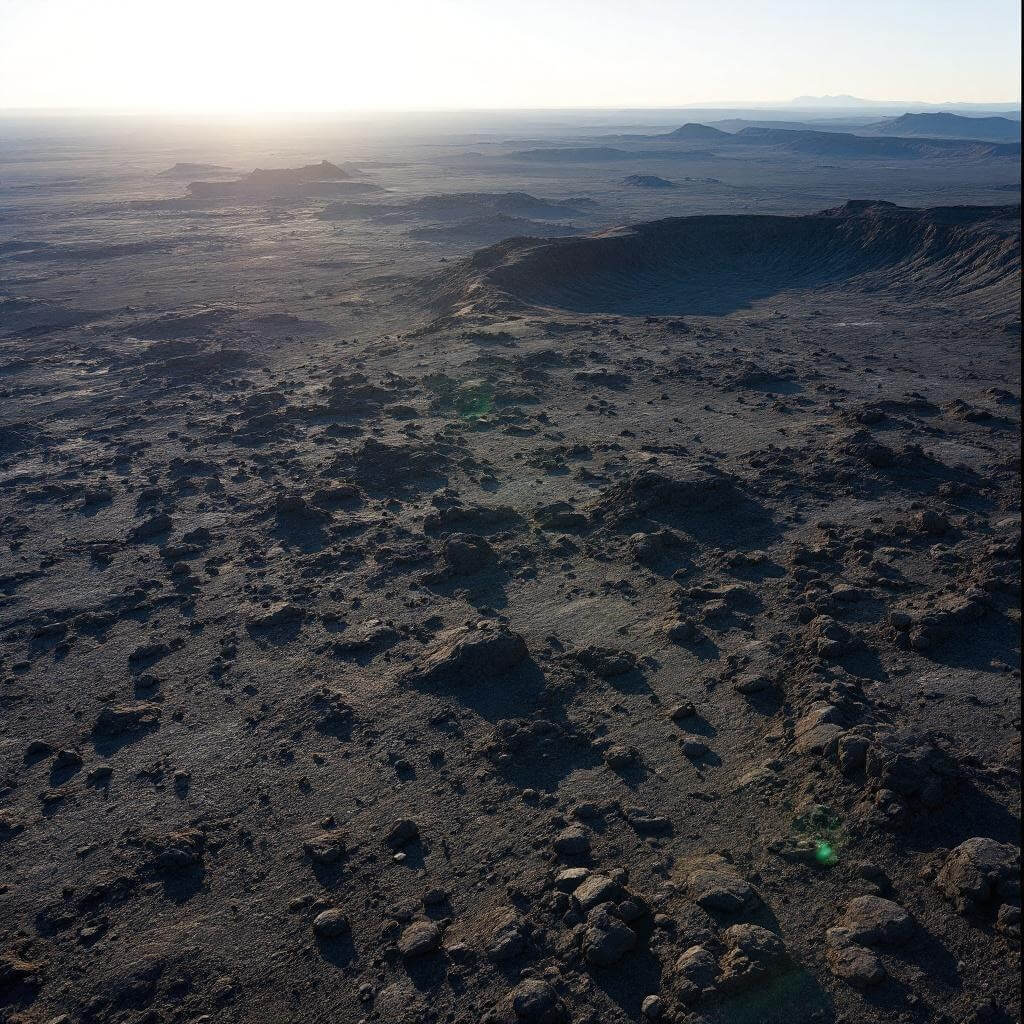
The Lunar Landscape You Never Knew Existed
I first stumbled upon Craters of the Moon during a cross-country road trip, and let me tell you – nothing prepares you for this alien terrain. Located just 18 miles from the tiny town of Arco in south-central Idaho, this national monument is a geological playground that’s been brewing for over 15 million years.
Quick Volcanic History Breakdown:
- Formed by massive volcanic eruptions
- Most recent volcanic activity: Roughly 2,000 years ago
- Features the Great Rift: A massive 52-mile crack in the earth’s crust
- Recognized as one of the best basaltic volcanic areas in the continental United States
Why This Place is Absolutely Mind-Blowing
Picture this: Volcanic landscapes that NASA actually used to train astronauts. Seriously. The terrain is so otherworldly that it served as a training ground for moon missions. Astronauts walked these very grounds to prepare for their extraterrestrial adventures.
Volcanic Formations That’ll Blow Your Mind:
- Lava fields stretching as far as the eye can see
- Cinder cones like Inferno Cone with panoramic views
- Spatter cones – miniature volcanoes you can actually walk around
- Over 400 lava tube caves waiting to be explored
Nature’s Resilience in a Harsh Landscape
What’s truly remarkable about Craters of the Moon isn’t just its dramatic terrain, but how life finds a way to thrive here. Despite the seemingly inhospitable volcanic soil, the area bursts with life.
Unexpected Ecosystem Highlights:
- Wildflowers painting volcanic rocks with vibrant colors
- Sagebrush and resilient plant species
- Wildlife including deer, pronghorn antelope, and diverse bird species
My personal favorite moment? Standing on a volcanic ridge, watching a pronghorn antelope gracefully navigate this rugged landscape. It was a stark reminder that life adapts, survives, and even thrives in the most challenging environments.
Practical Adventure Planning
Before you pack your bags, let’s talk logistics. This isn’t your typical national park experience.
Essential Visitor Tips:
- Entrance fees: $15-$20 per vehicle
- Visitor Center with educational exhibits
- Cave exploration requires special permits
- Limited cellular coverage – come prepared
The Seven Mile Loop Road serves as your primary route, offering access to major geological features and trailheads. But be warned – this is backcountry territory. High-clearance vehicles are recommended, and self-sufficiency is key.
As the volcanic landscape stretches before you, revealing layers of geological history, you’ll realize this isn’t just a park – it’s a living, breathing story of our planet’s incredible transformative power.
The adventure is just beginning to unfold, with mysterious lava tubes, challenging hiking trails, and landscapes that challenge everything you thought you knew about Earth’s surface.
Exploring the Dark Side: Cave Adventures and Hidden Wonders
Remember those lava tubes I mentioned earlier? They’re not just geological curiosities – they’re portals to an underground world most people never see.
During my last visit, I ventured into Indian Tunnel, one of the park’s most accessible cave systems. The moment you descend, the temperature drops dramatically. Sunlight filters through collapsed sections, creating an ethereal landscape that feels more like an alien cavern than an earthly formation.
Cave Exploration Pro Tips:
- Always obtain a cave permit
- Bring multiple light sources
- Wear sturdy, closed-toe shoes
- Participate in mandatory shoe screenings to protect bat populations
The Nighttime Magic: Stargazing in a Volcanic Wonderland
As darkness falls over Craters of the Moon, something extraordinary happens. The volcanic landscape transforms into an astronomical playground.
With virtually zero light pollution, this national monument becomes a stargazer’s paradise. I’ve spent countless nights here watching meteor showers dance across obsidian-black skies, feeling simultaneously microscopic and infinite.
Astronomical Highlights:
- Incredible visibility of Milky Way
- Potential for northern lights during peak solar activity
- Free ranger-led astronomy programs (seasonal)
- Perfect for astrophotography enthusiasts
Conservation: The Delicate Balance of Preservation
Every footstep in Craters of the Moon carries immense responsibility. This isn’t just a playground – it’s a living, breathing ecological system that demands respect.
Recent research shows the park’s ecosystems are incredibly fragile. Climate change and increased human traffic pose significant challenges to maintaining this unique landscape’s delicate balance.
Conservation Efforts Include:
- Strict trail guidelines
- Invasive species monitoring
- Habitat restoration projects
- Educational outreach programs
The Scientific Goldmine: Research Beyond Tourism
Scientists aren’t just visitors here – they’re active participants in understanding our planet’s geological processes.
Ongoing research projects explore everything from climate change adaptation to volcanic ecosystem recovery. The park serves as a living laboratory, offering unprecedented insights into geological and ecological transformations.
Research Focus Areas:
- Climate change impact studies
- Volcanic ecosystem resilience
- Geological formation processes
- Biodiversity in extreme environments
Planning Your Ultimate Craters of the Moon Adventure
Preparation is key to maximizing your experience in this extraordinary landscape.
Essential Preparation Checklist:
- Check seasonal accessibility
- Pack extensive water supplies
- Bring layers for temperature variations
- Download offline maps
- Carry emergency communication devices
- Inform someone about your travel plans
The Human Connection: Why This Matters
Beyond geological wonder, Craters of the Moon represents something profound: Earth’s incredible capacity for transformation and resilience.
Each volcanic rock tells a story of immense pressure, dramatic change, and eventual rebirth. It’s a metaphor for adaptation that extends far beyond geological processes.
Final Thoughts: Your Lunar Landscape Awaits
Craters of the Moon isn’t just a destination – it’s an experience that fundamentally reshapes how you understand our planet.
Whether you’re a geology enthusiast, adventure seeker, or curious traveler, this extraordinary landscape promises an unforgettable journey through one of America’s most unique national monuments.
Pro tip: The best time to visit Craters of the Moon is late spring through early fall, when trails are fully accessible and wildflowers transform the volcanic landscape into an unexpected canvas of color.
Your alien landscape adventure in Idaho starts now.

